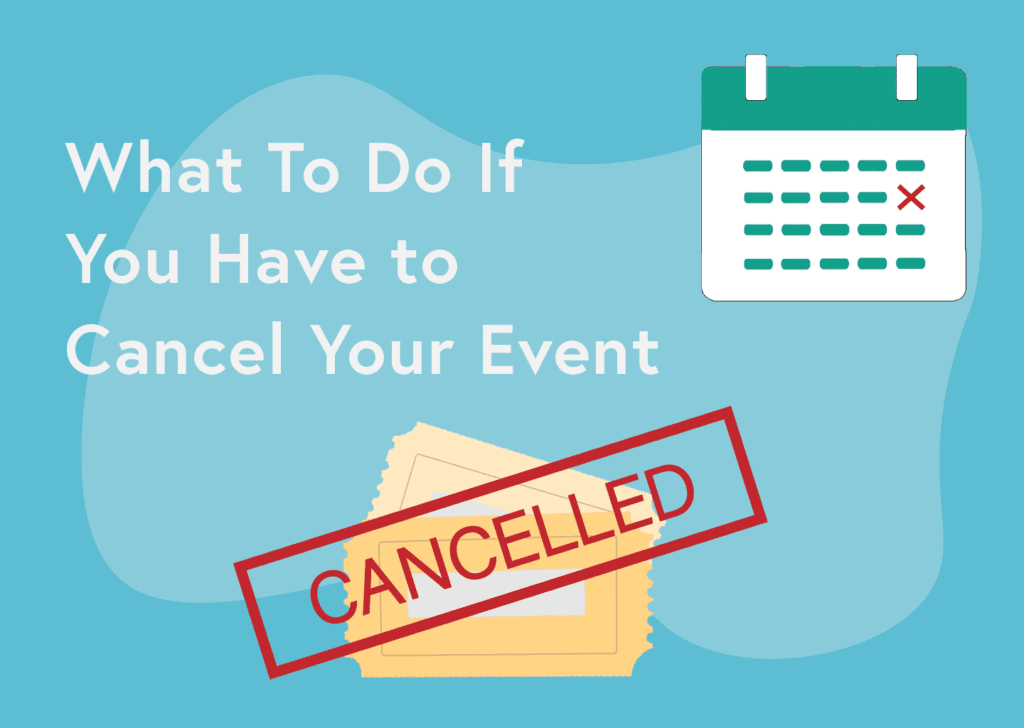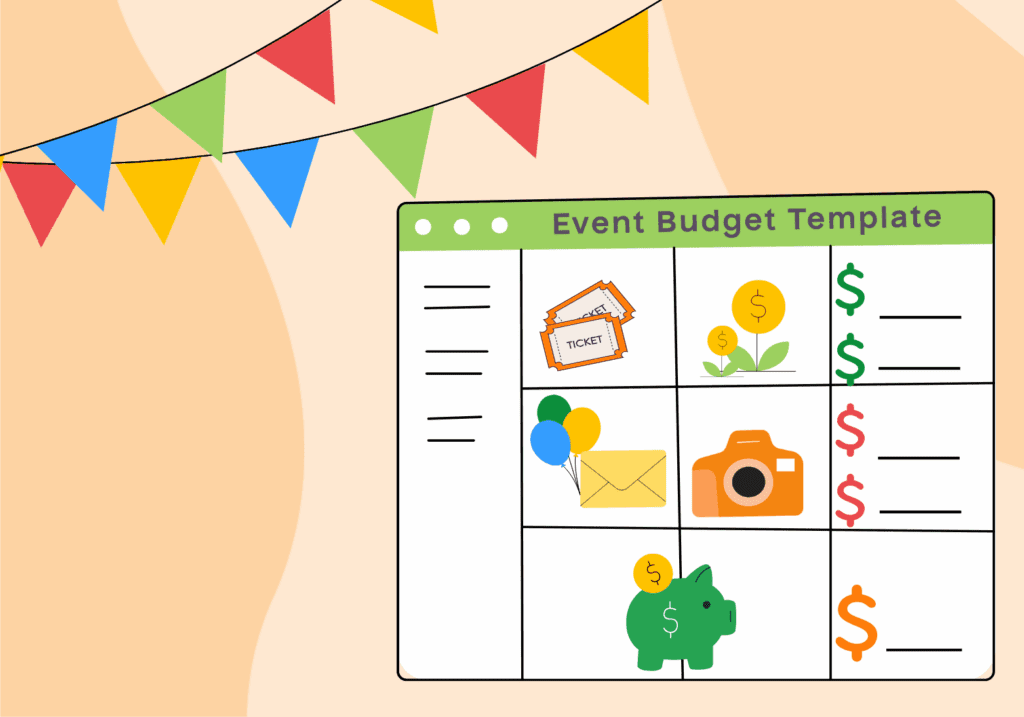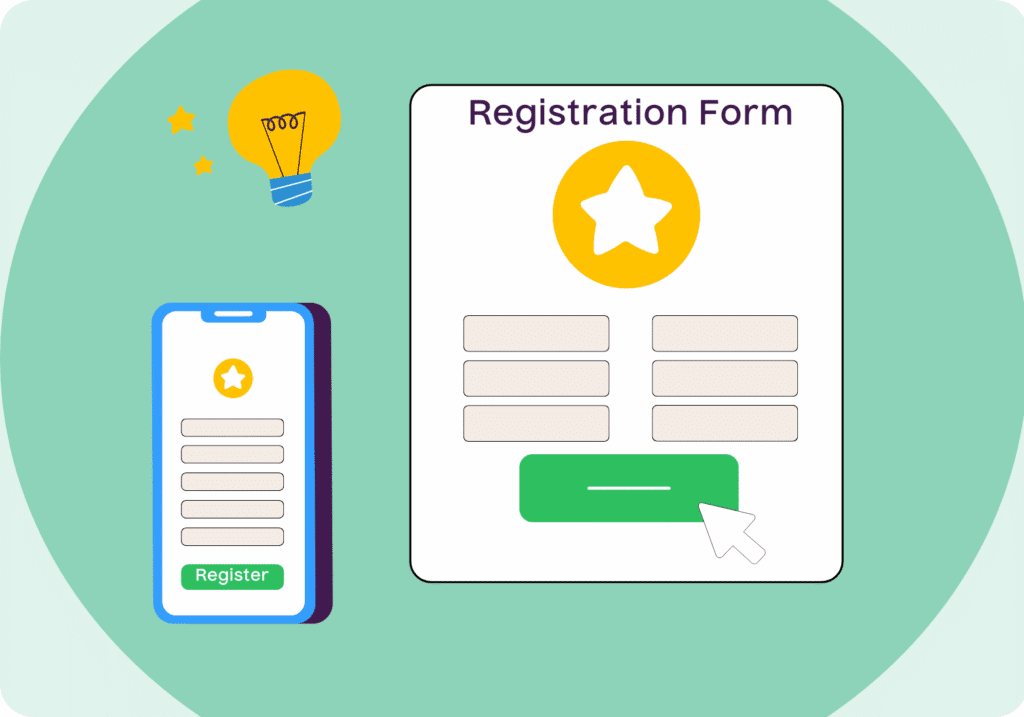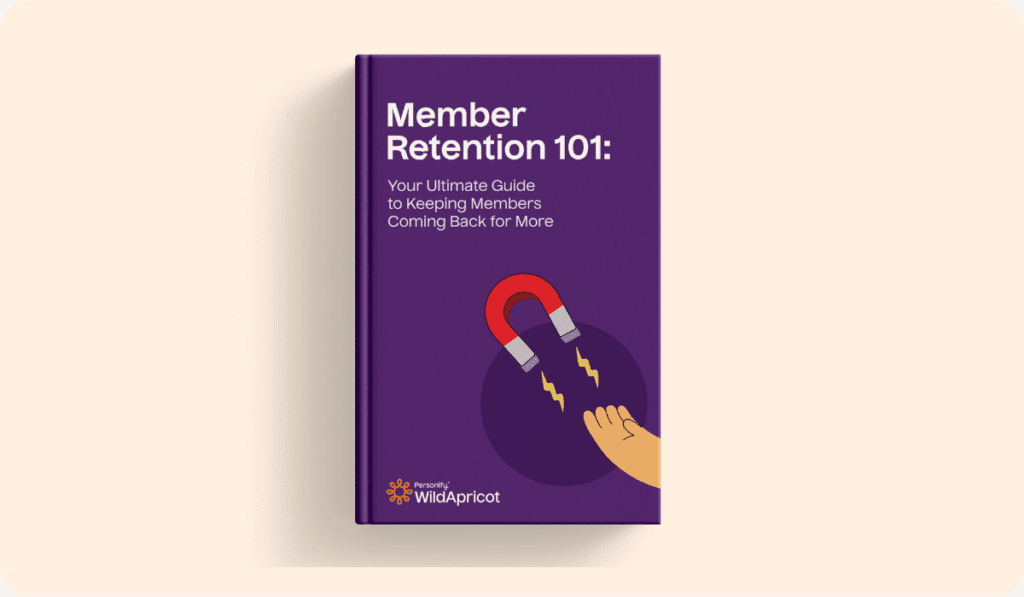Cancelling events is never fun. It’s a hard decision to make but sometimes necessary as there are so many variables you can’t control. Especially if this event is a huge fundraiser for your organization.
Many nonprofits rely heavily on the money they raise from these events, with some counting on raising a large chunk of their annual budgets from one event. (Raise your hand if you’re one of the above…)
So, what are your options?
From what I can see, there are three paths you can take. In this post, I’ll cover the benefits and drawbacks of each option, as well as how your organization can handle the communications around each one.
And if you want to bring your event virtual, check out our post on how to do so effectively!
Option 1: Postpone Your Event
The safety of attendees, speakers and staff should be the number one priority when event planning. It’s a difficult decision to cancel but if the variables at play for your event cancellation are temporary, like bad weather, you can postpone. This gives your ticket buyers the option to still attend your event, just at a later, safer date.
Once you’ve decided to cancel your event, let your venue and vendors know. If your reason for cancelling is due to external factors, like a hurricane, they won’t be surprised — in fact, they may even reach out to you first. Find out what kind of refunds you qualify for, if any, and costs associated with rescheduling.
Check in with your sponsors, and let them know what your plans are. Offer refunds where possible, and communicate your gratitude for their support.
Once you’ve taken care of these logistics, you need to communicate to event attendees:
1. That the event will not take place as scheduled
Send the message out on all your communication channels about the event status. This should include sending cancellation emails to anyone registered, a post on your social media channels and updates on your website (especially on the event registration form). If you’ve already received RSVPs, consider calling each person who planned to attend, if you have the bandwidth to do so.
2. How and when refunds will be processed
If you’re postponing the event indefinitely, it’s best to refund tickets. I know that may hurt, but it’s the right thing to do for your donors and will help build trust in your organization.
3. A brief update on future event plans
If you know when the new event date is, make sure you provide this in your communication. Some attendees may not be able to attend the new date, so make sure you address what to do if you can no longer attend. It’s nice to offer a full refund, but if you can’t swing it, consider a partial refund for these individuals.
If you don’t have a new date set, a simple, “We plan to hold the event later this year, and will keep you posted as plans develop,” is enough. You should also create a segment in your database for those who planned to attend the original event, so you can start sending them targeted messages once you’ve scheduled a new event.
Option 2: Go Virtual
Virtual events are a huge part of many organization’s event strategy. Technology helps to bring everyone together if there are barriers to meet in person. When it comes to unforeseen events causing you to cancel your original plans, consider swapping to an online event.
If you’ll be going this route, be sure to download our Virtual Event Checklist so you don’t miss any steps in planning your virtual event.
3 Ideas for Virtual Events
Virtual events can take many forms. You may want to create a new kind of event entirely, or simply transfer what you were already planning into a virtual format.
Live Stream + Online Auction
What kind of program had you originally planned? If you had been thinking about a presentation about your organization, a speech from a leader and an auction, it’s fairly straightforward to put those things online. You can live stream your presentation and speeches, and use charity auction software to allow donors to bid online.
Read More: Your 2024 Guide to Hosting a Virtual Conference
An UnGala
An UnGalas is essentially a virtual gala, or a “stay-at-home” gala. They have been gaining popularity in recent years, especially after 2020. These non-events offer supporters the chance to make a donation to not attend an event. This is key for helping you reach your fundraising goals while still providing value to your attendees.
Rather than having individuals buy tables and tickets, event attendees can use that money to donate to your cause. Depending on how you set up your UnGala, you could create a virtual dinner party experience where attendees connect with one another at their “table” during your online event through virtual breakout rooms in Zoom. You can also provide video entertainment, online games, raffles or online auctions. Send a little swag in the mail to make it feel official, like a wine glass or travel mug with your logo on it — your cost will still be lower than a catered dinner.
Read More: How To Host a Virtual Networking Event for Your Professional Association
A Virtual Walk or Run
If you were planning a walk-a-thon or race, you can still engage walkers and runners. They’ll just need to walk or run alone. In a virtual event, they’ll track their solo miles and times, raising money as they would have for an in-person event. Or you can take inspiration from the ungala concept and just fundraise without breaking a sweat like in this example.
Tools for Virtual Events
You don’t have to be super tech-savvy to host a virtual event. Zoom and Facebook Live are often good options for nonprofits who want to live stream video to their audience, but there are many other software options you can check out.
You’ll want to make sure your software meets your needs depending on the type of event you’re executing. Event management software will help you:
- Automate emails for promotion, event updates and post-event follow ups
- Build registration forms and track registrants
- Process payments online
- Manage event attendees with attendance tracking and reporting
- Build pages on your website with event details
If you’re looking for help setting up a online event with WildApricot, take a look at this help article.
Virtual Event Sponsors
Going virtual instead of postponing allows you to create new ways to involve your sponsors.
For example, you could:
- Shout them out in your live-streamed speeches
- Display their logos on your website and peer-to-peer platform
- Feature them in your event emails and social media posts
- Send a digital copy of what would have been your print program via email to your attendees or display it on the screen
- If you’re sending swag, include their logo on it as well, or ask them to send something too
Your sponsors might have other ideas, too. See what their preference is for transitioning to a digital platform.
Option 3: Try Another Approach
Event-based fundraising is not your only option, and while canceling an event can be devastating, it also frees up a lot of time to explore other opportunities. Consider launching a mini-campaign through other means, like:
Direct Mail Appeals
If you haven’t sent a direct mail appeal in a while, now might be the time. Direct mail allows you to take the time to tell a longer story, so don’t be afraid to share emotionally-engaging details with your donors. Alternately, a postcard saying, “Unexpected events derailed our spring fundraising, but you can help!” could get your point across. You can also send out thank-you letters to keep in touch with regular donors.
Read More: How to Write the Perfect Donation Letter (+ Examples & Template)
Social Media
Use social media to promote your fundraising campaign with shareable messages, visual content and fundraising challenges. You can also use this as a time to ask your supporters to create content for you online and share it; they probably have a little more time on their hands to help you out.
Phone Calls
This is probably not the moment to launch a full-scale tele-fundraising campaign. However, it’s a great time to call your donors to thank them for their support and check-in. It may lead directly to donations, or not… but building relationships and expressing gratitude is never a wasted effort.
As you’re emailing people to let them know your event is postponed, canceled or changed, you can also explain why this matters for your organization. Tell them how much you expected to raise, what you intended to do with that money, and what the picture looks like now. Invite them to help with a donation.
Do What You Can
As event organizers, we know the challenges that can come with event cancellations. It’s important to provide ticket buyers with as much value as you can. Giving as much notice when you need to cancel or reschedule is always appreciated. Having a backup option will save you a lot of time and will help you avoid the scramble when you hear the bad news. Implementing an event insurance plan or having a disruptive events policy is also a great idea when unforeseen circumstances occur.
Hopefully you won’t have any hiccups with your upcoming events but now you have some options to consider for when you do have to cancel!










